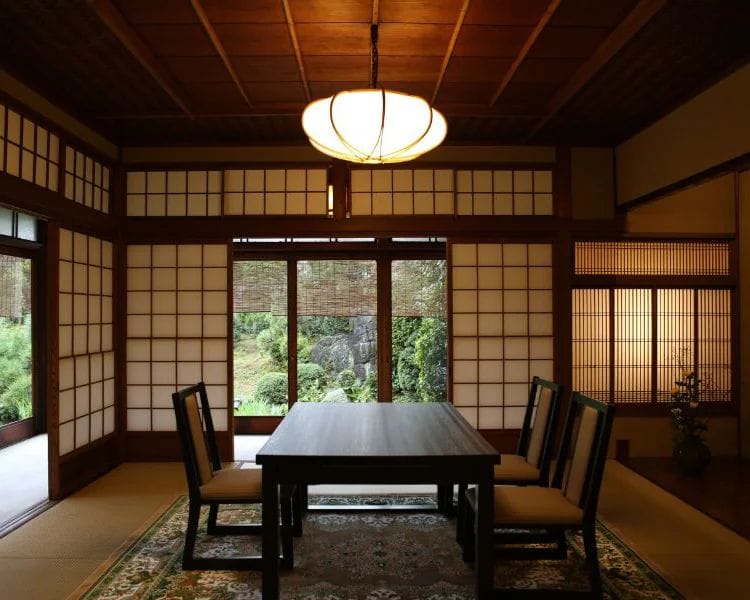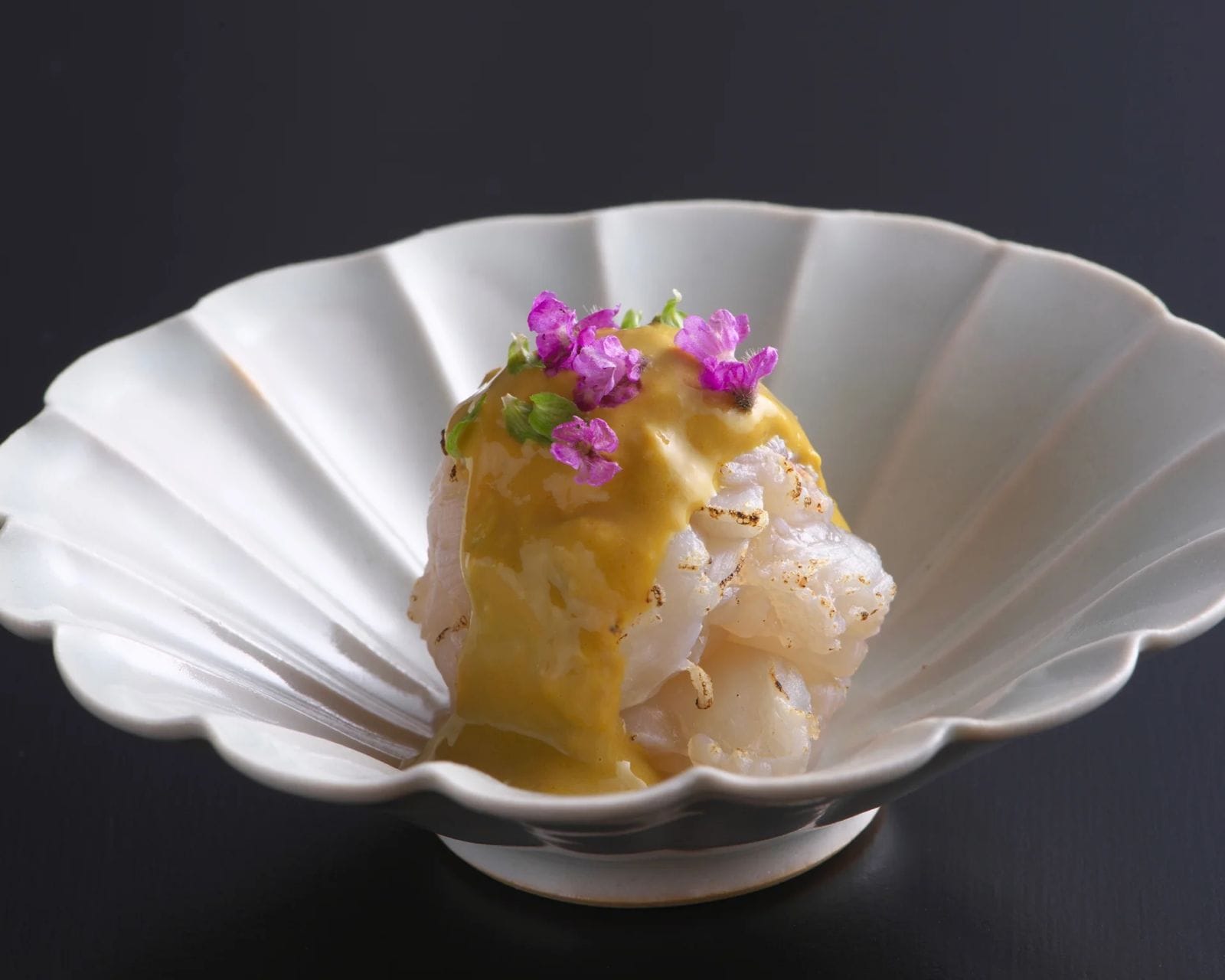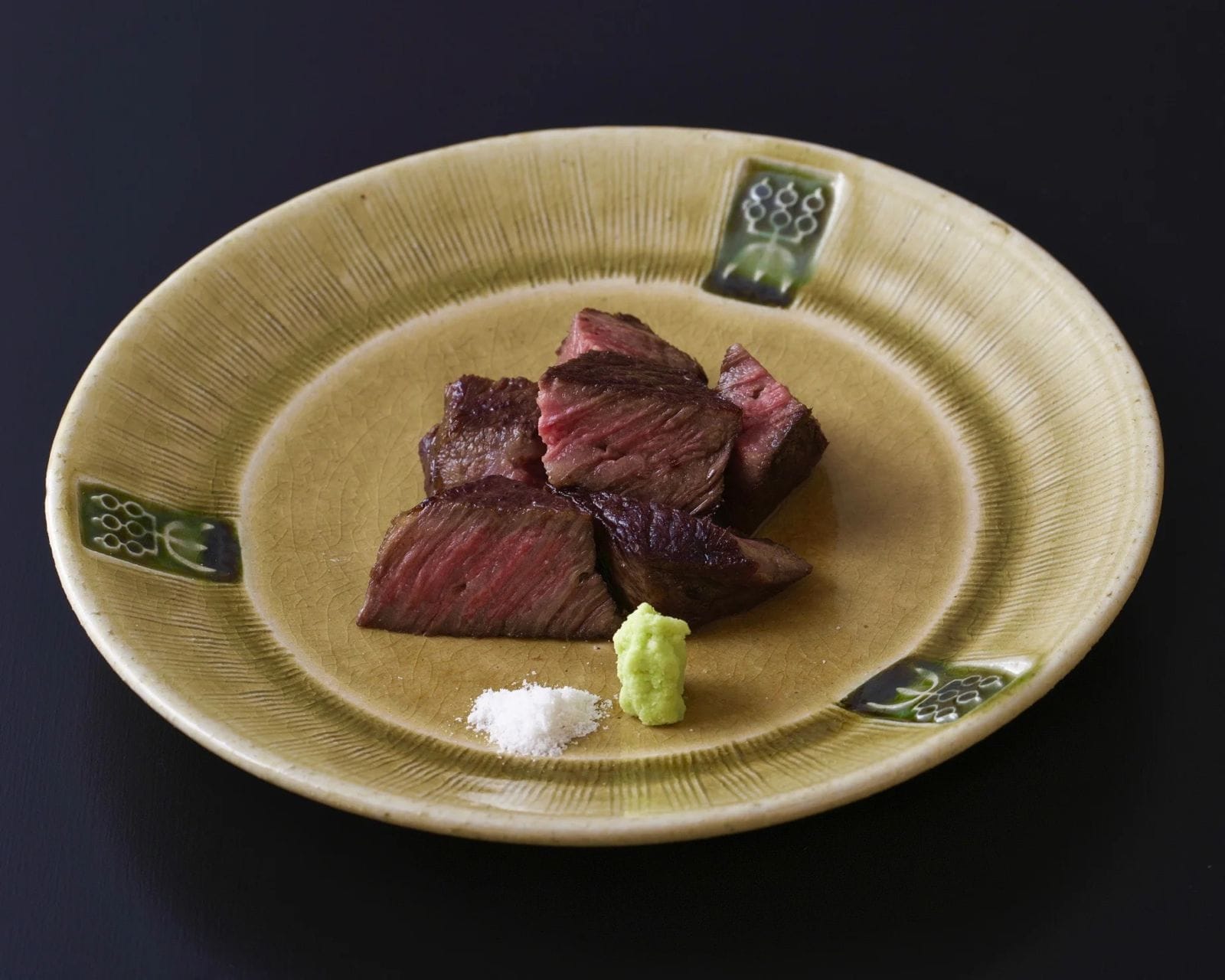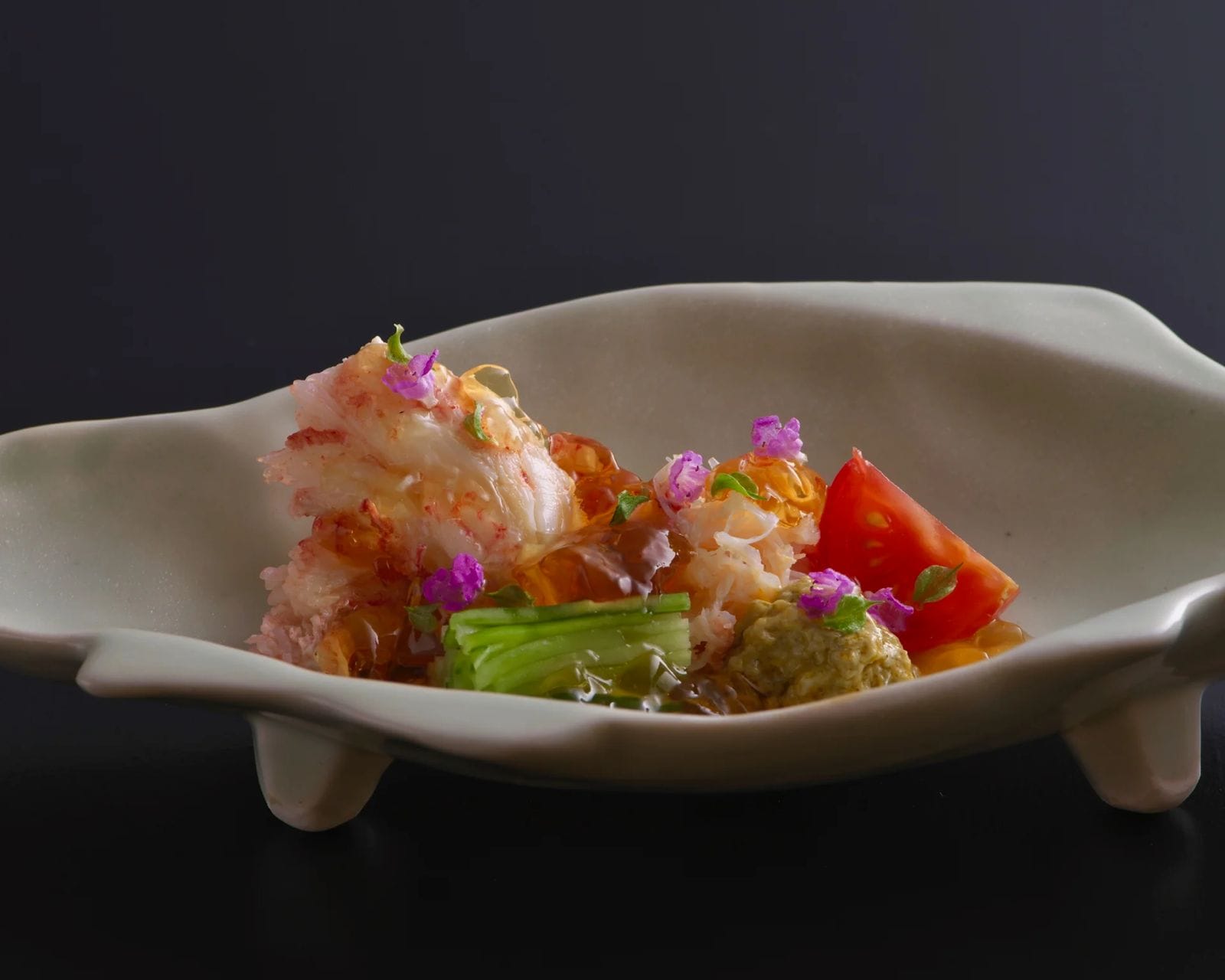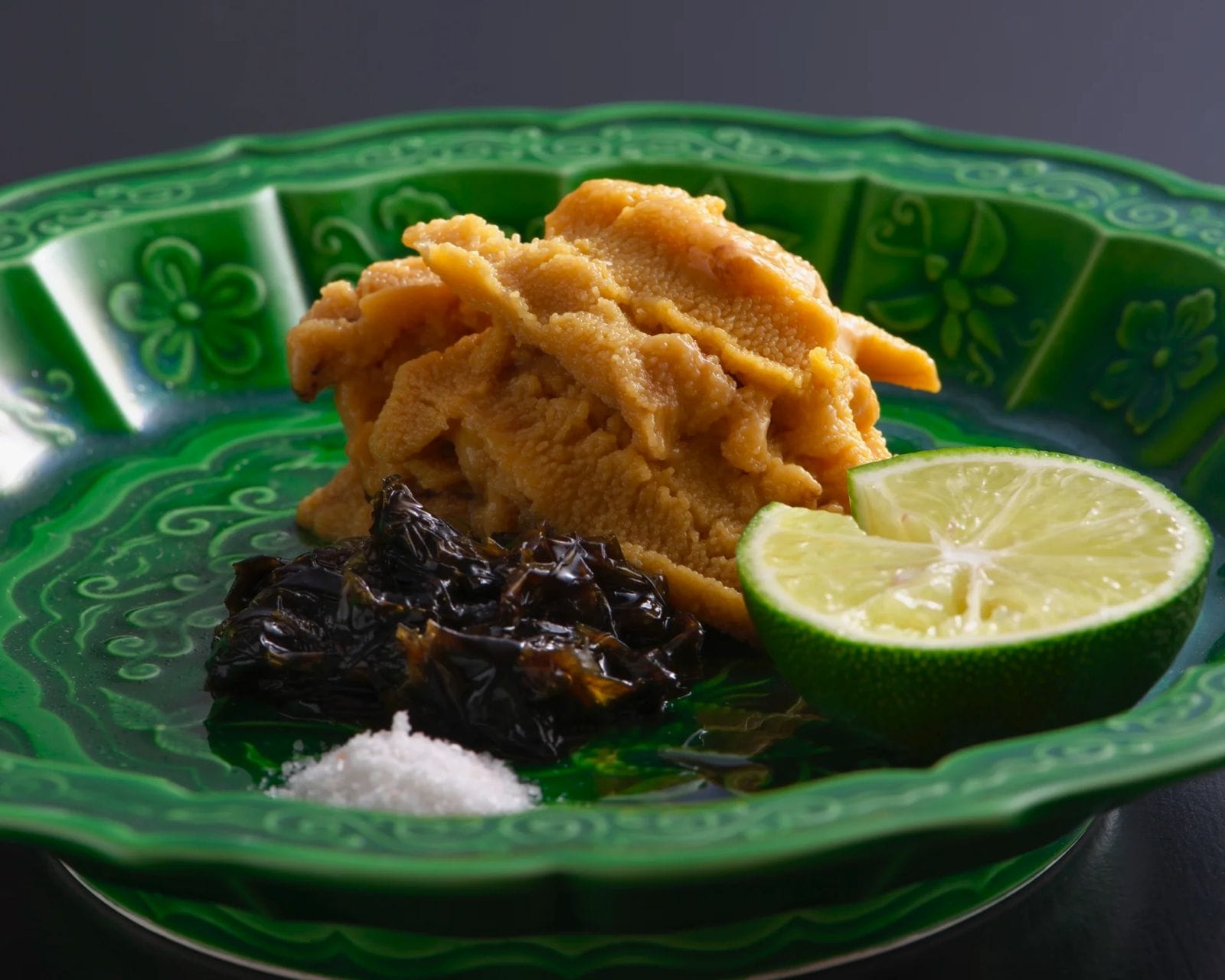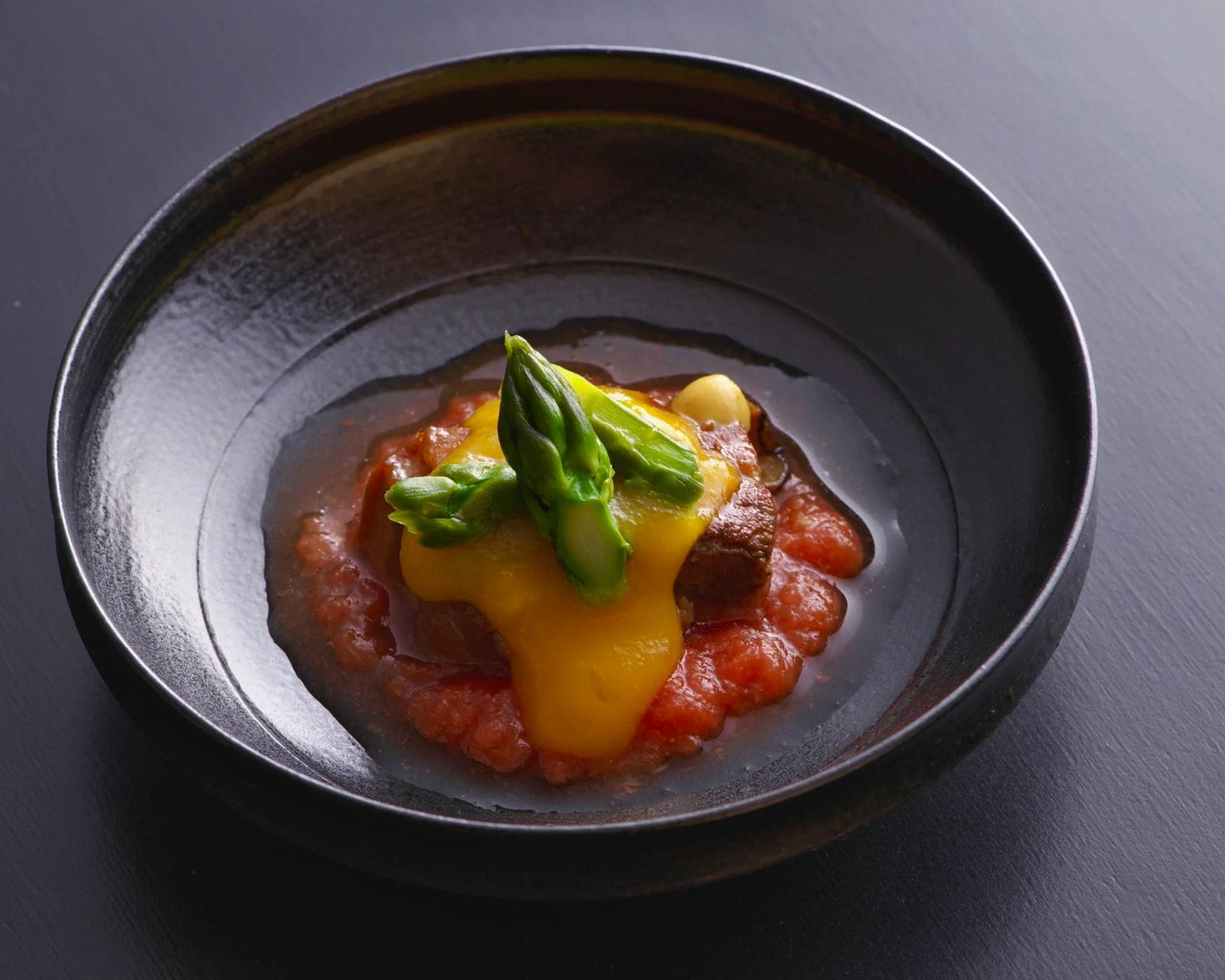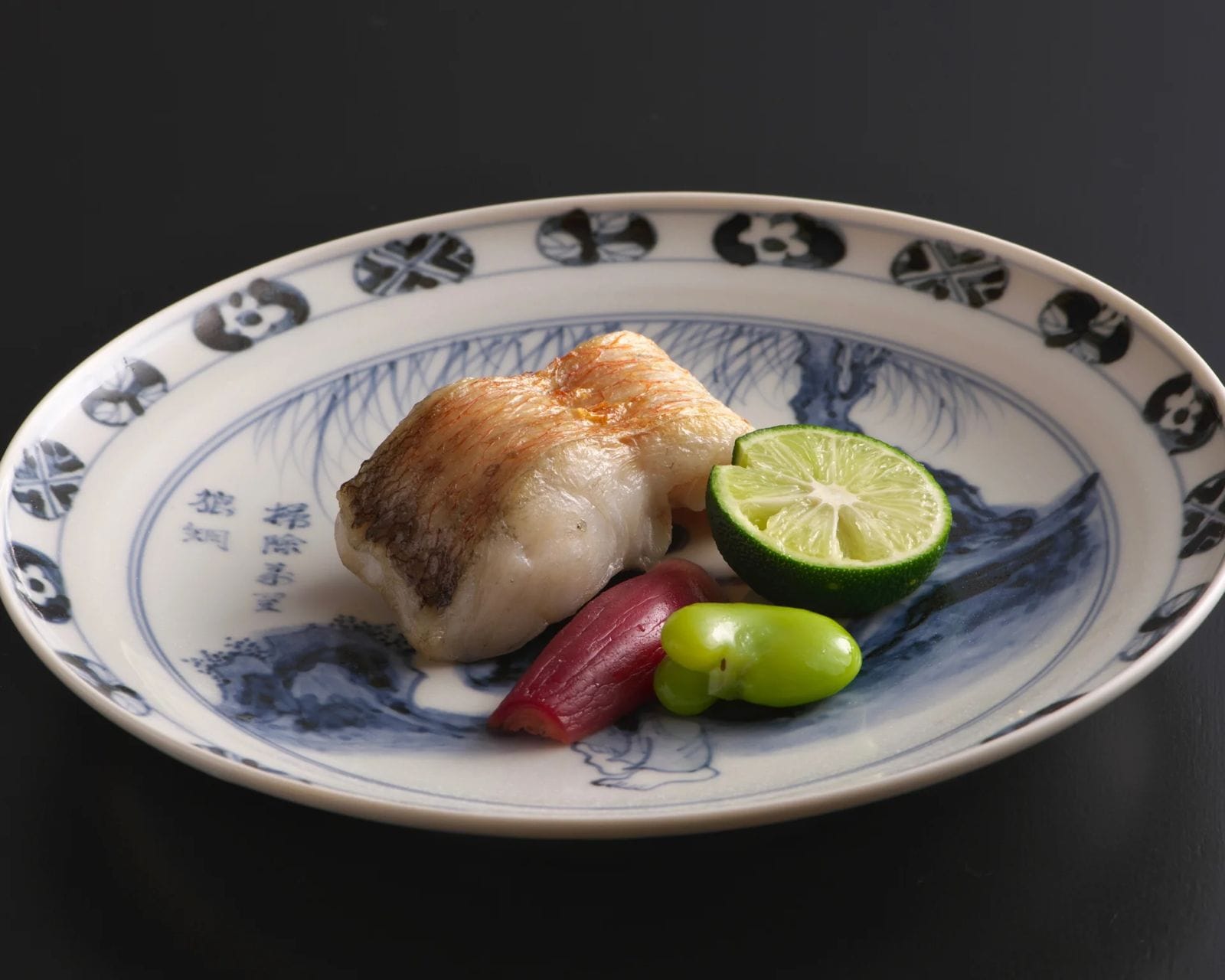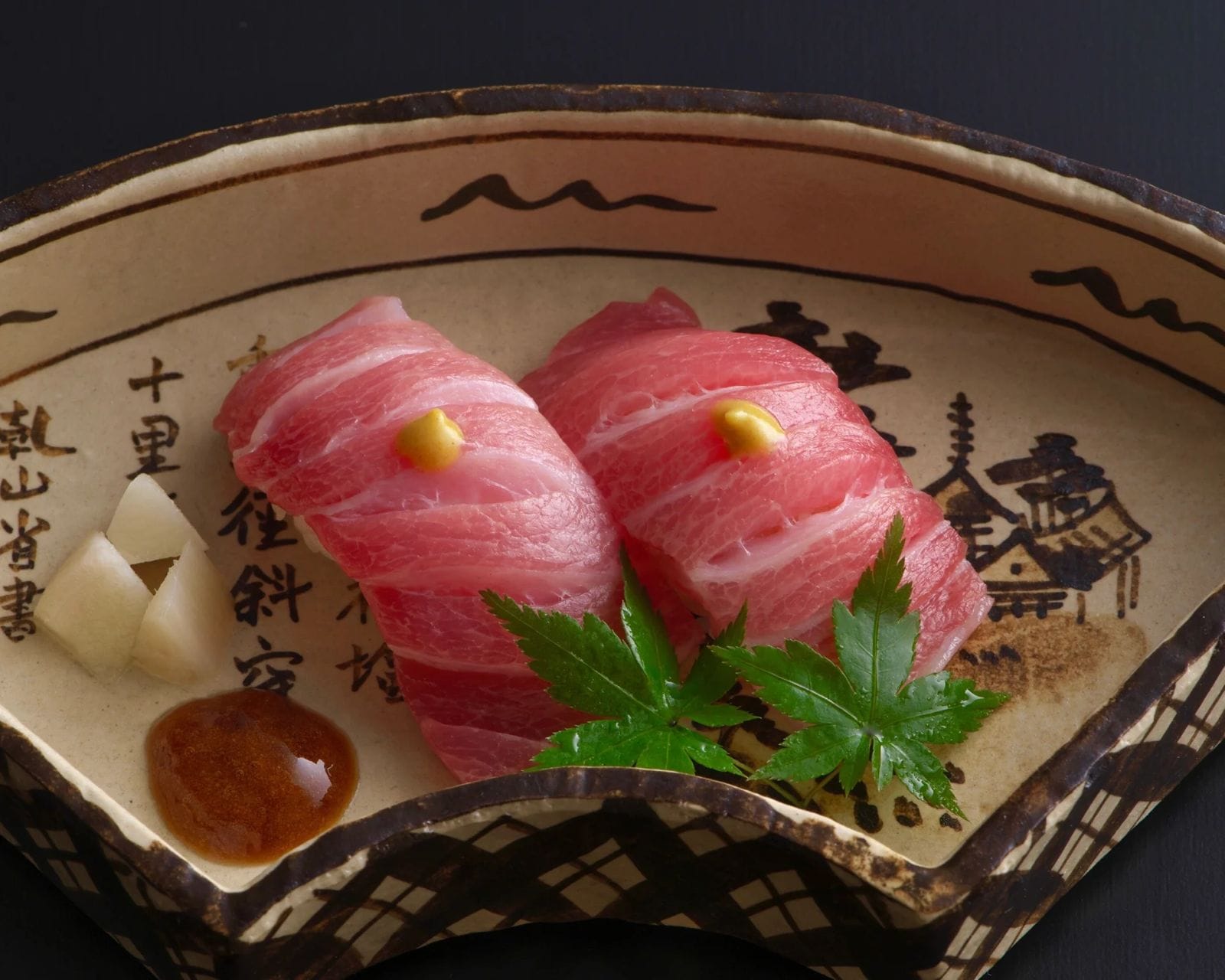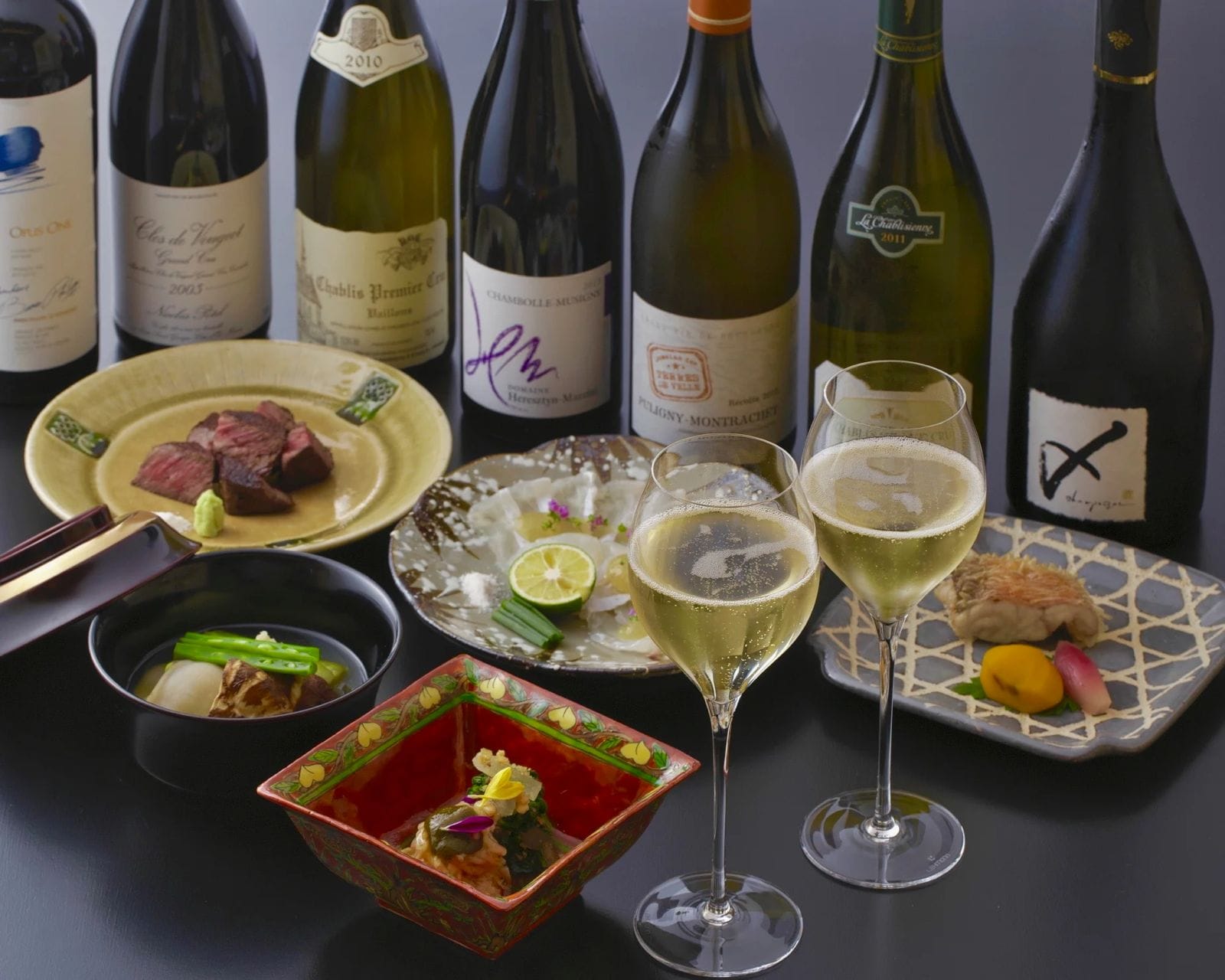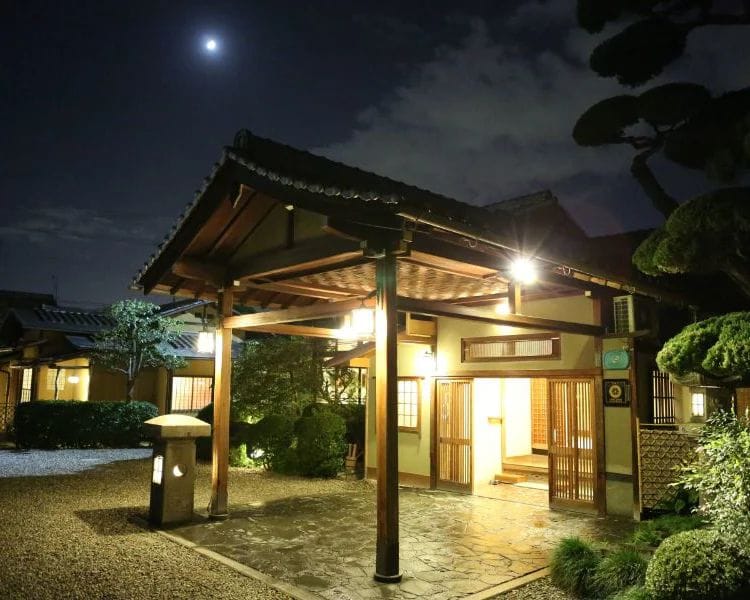Seiwasou
The sukiya-zukuri architecture of this famed Kyoto restaurant is the perfect backdrop for a traditional kaiseki meal.
Walking through the gates of ryotei (traditional Japanese restaurant) Seiwasou is like being transported back hundreds of years through Japan’s history. Though it was only established in the early Showa era, the buildings’ elegant sukiya-zukuri architectural style, incorporating Japanese teahouse aesthetic and Edo-period design cues, would not look out of place with hakama-clad samurai strolling along their corridors.
From 1957, Seiwasou has enthralled visitors from all over the world with its fine kaiseki course menus, including the local specialty Shokado bento, served in a striking red and black lacquerware box. With the philosophy “Kyoto ingredients in Kyoto cuisine”, the restaurant sources its vegetables and seafood from a closely-knit network of local suppliers, with whom they have built up an unbreakable relationship over more than half a century.
Historically, dashi, or kelp and bonito broth, is the foundation of Kyoto cuisine — and by extension all of Japanese cuisine. Thus it should come as no surprise that Seiwasou takes its dashi extremely seriously, using top-grade Makurazaki honkarebushi bonito flakes from Kagoshima Prefecture and kombu kelp from Rishiri Island in northern Hokkaido.
These ingredients are then immersed in Kyoto’s own famously pure Fushimi groundwater to create a dashi unlike any other. Made immediately prior to being served to guests, the flavor is simultaneously light and intensely complex, and forms the base of each stew and soup served at Seiwasou.
Head chef Tetsuo Takenaka is also famously particular about his tempura, using seasonal ingredients fried in his own special blend of fragrant “taikou” sesame oil and cottonseed oil.
Private rooms also offer serene views of the restaurant’s tsubo-niwa interior gardens, letting guests quietly savor the fine cuisine presented to them, course by course. Before or after their meal, guests are invited to take a walk in the gardens, which are laid out around a central pond in a traditional chisenkaiyu-shiki style, much like the famed Katsura Imperial Villa or Koishikawa-Korakuen Gardens.
“Through both the food and the space, I want visitors to feel the culture of Japan,” says Chef Takenaka with a bow. “We look forward to guests experiencing the heart of true Japanese hospitality here at Seiwasou.”


